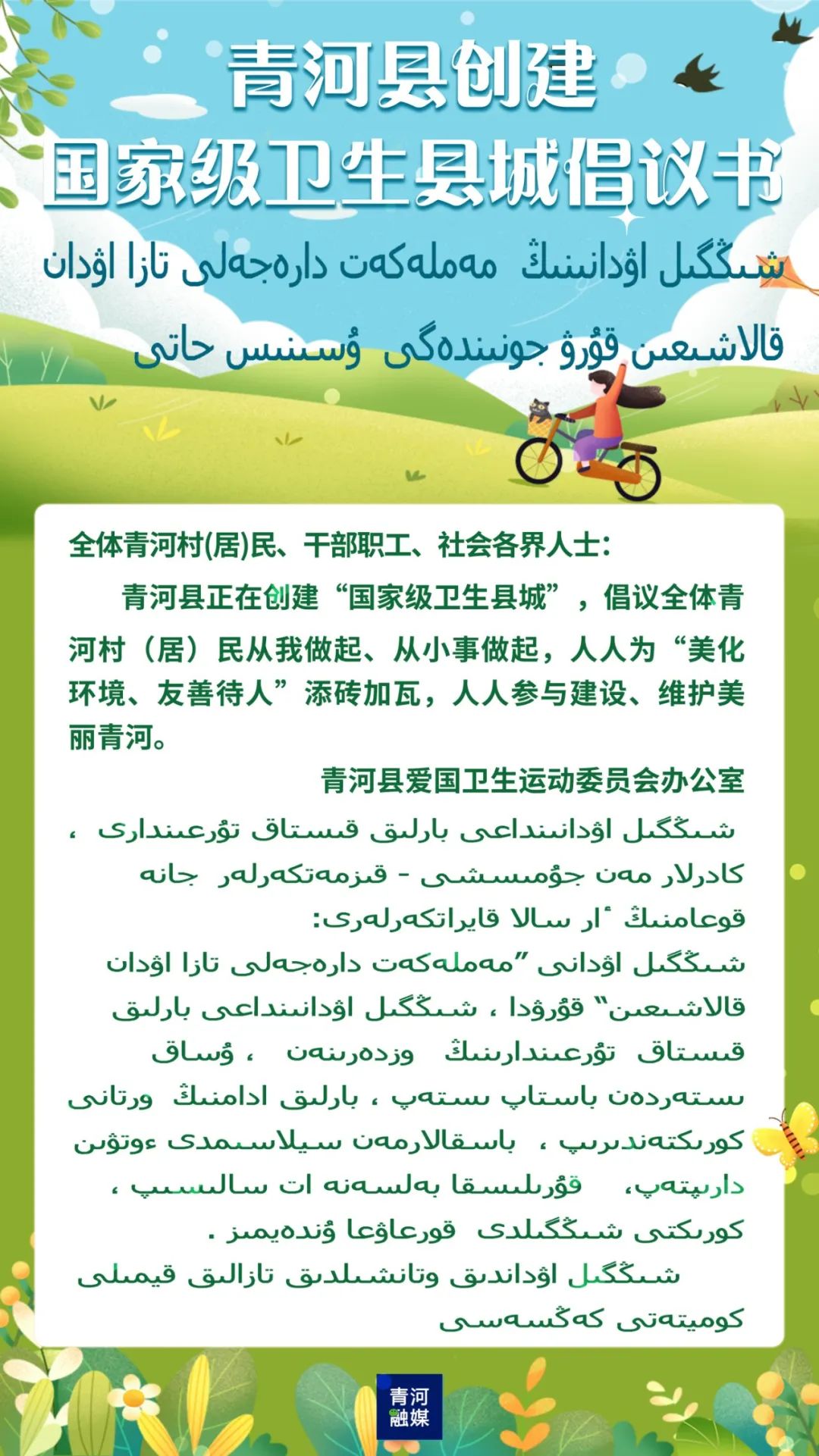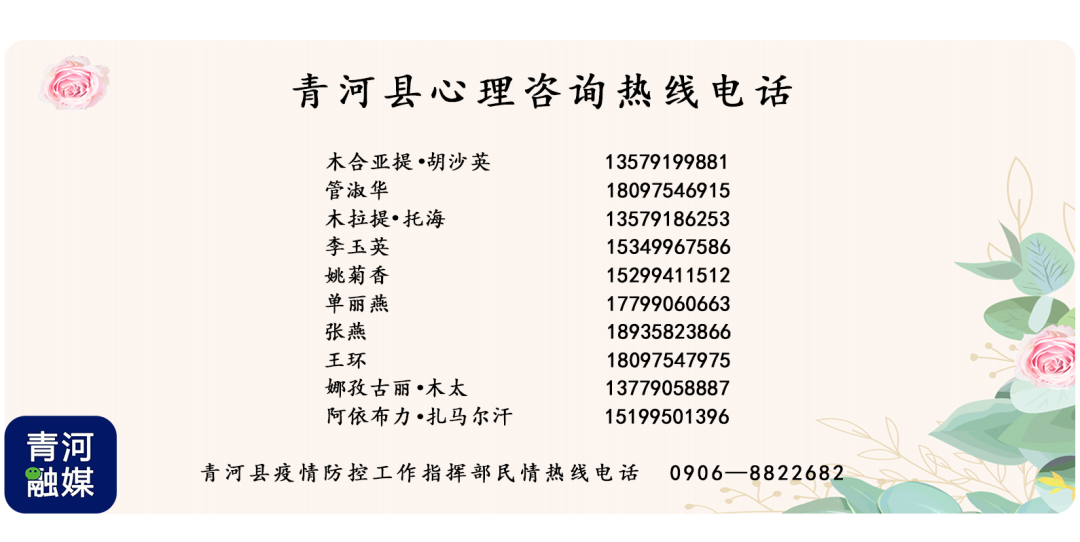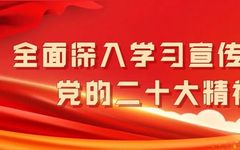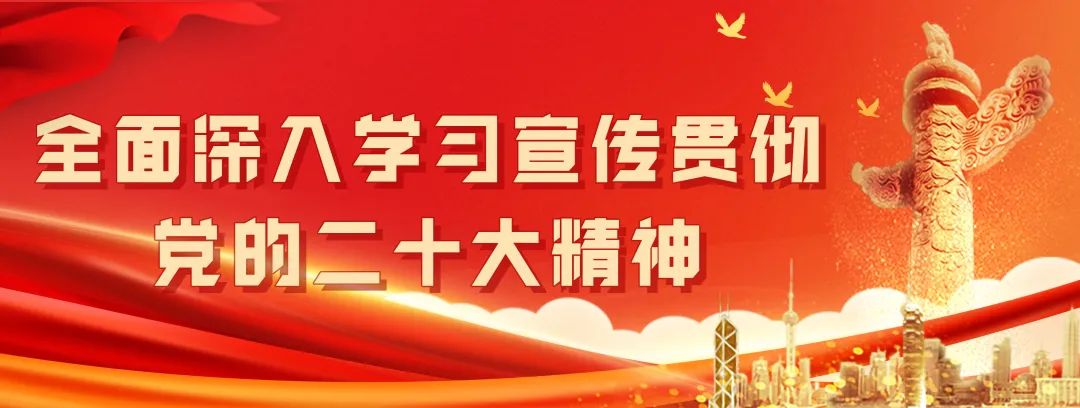
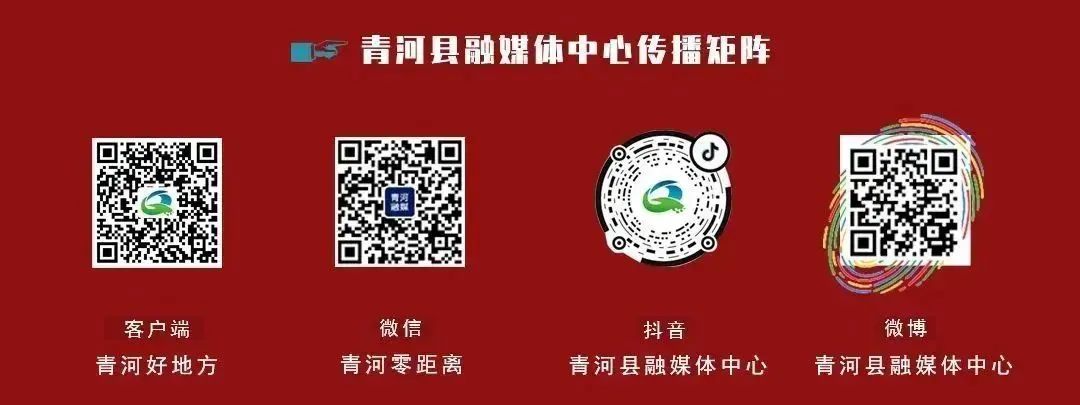
Today is the Winter Solstice. As one of the twenty-four solar terms, the Winter Solstice not only marks the shortest day and longest night of the year in the Northern Hemisphere but also serves as an important seasonal practice in Traditional Chinese Medicine (TCM) regarding “storing” and “nourishing”. Bai Hua, the deputy chief physician of the Comprehensive Internal Medicine Department at the Dongfang Hospital of Beijing University of Chinese Medicine, believes that the Winter Solstice signifies the beginning of the collection and storage of vital energy, marking a critical moment when Yin energy reaches its peak and Yang energy begins to rise, making it an excellent time to nourish the kidneys and strengthen the spleen.
Combining Nourishment and Circulation with Appropriate Exercise
“Combining nourishment and circulation” refers to the need to consider both nourishment and the promotion of circulation during the supplementation process in the Winter Solstice, as neither can be neglected. Bai Hua explains that “nourishment” means supplementing the body with necessary nutrients through diet and herbs, while “circulation” refers to promoting the flow of Qi and blood and unblocking the meridians to ensure that the supplemented nutrients can be absorbed and utilized by the body.
During the Winter Solstice, it is advisable to increase the intake of foods rich in protein and various nutrients, such as lamb, dog meat, black beans, black rice, oysters, and sea cucumbers, which help to “nourish” kidney Yang, as well as foods that can “unblock” the spleen and stomach, such as yam, lotus seeds, coix seeds, water chestnuts, and poria (Fu Ling). Bai Hua points out that appropriate exercise is also an important aspect of health during the Winter Solstice. TCM believes that “movement generates Yang”, and recommends gentle exercises such as Tai Chi and walking to help harmonize Yin and Yang, unblock the meridians, and strengthen the body.
Nourishing the Kidneys and Warming Yang, Strengthening the Spleen and Eliminating Dampness
In TCM theory, the spleen and kidneys are two important organs in the body. The spleen is the foundation of postnatal life, responsible for the transformation and transportation of food and fluids, generating Qi and blood, while the kidneys are the foundation of prenatal life, storing essence and governing water, also related to growth, reproduction, and fluid metabolism. Bai Hua states that during the Winter Solstice, methods such as nourishing the kidneys and warming Yang, as well as strengthening the spleen and eliminating dampness, can also achieve therapeutic and preventive purposes. “In addition to internal methods using herbs and food, external treatments such as foot baths and acupoint massage can also be applied,” Bai Hua adds.
As the saying goes, “Cold starts from the feet; foot baths are better than tonics.” Soaking the feet before bed during the Winter Solstice can warm Yang and nourish the kidneys, enhancing the body’s Yang energy while also assisting in acupoint massage to help strengthen the spleen and eliminate dampness.
Bai Hua recommends the following foot bath formula: 20 grams of mugwort (Ai Ye), 15 grams of ginger (Sheng Jiang), 15 grams of cinnamon (Gui Pi), 15 grams of poria (Fu Ling), 10 grams of safflower (Hong Hua), and 10 grams of Schisandra (Wu Wei Zi). Among these, mugwort disperses cold from the twelve meridians; ginger dispels cold and releases the exterior; cinnamon warms kidney Yang; poria promotes urination and calms the mind; safflower invigorates blood and alleviates pain; and Schisandra nourishes the kidneys and calms the heart. This formula is beneficial for warming Yang, nourishing the kidneys, and regulating Qi and blood to maintain the balance of the body’s organs.
Additionally, Bai Hua believes that pressing the Fenglong acupoint can also help strengthen the spleen and eliminate dampness. The Fenglong acupoint is known as a “miraculous point for phlegm treatment”; using the thumb to massage it clockwise for two minutes, then counterclockwise for two minutes, should be done on both legs.
Finally, Bai Hua recommends regularly drinking the following two herbal teas during the Winter Solstice.
Dry Ginger and Poria Tea
Ingredients: 5 grams of dry ginger (Gan Jiang), 3 grams of poria (Fu Ling), 3 grams of white atractylodes (Bai Zhu), 3 grams of licorice (Gan Cao), and 3 grams of black tea.
Preparation: Wash and finely chop the first four ingredients, place them in a clay pot, add water to decoct, strain the liquid, and then use it to brew the black tea.
Effects: This herbal tea can warm the kidneys, transform Qi, and eliminate dampness, suitable for those with heavy bodies, edema, cold in the lower back, and chronic cough.
Hawthorn and Walnut Tea
Ingredients: 150 grams of walnut kernels (Hu Tao Ren), 200 grams of white sugar, and 50 grams of hawthorn.
Preparation: First soak and wash the walnut kernels, then grind them with a little water into a paste. Next, wash the hawthorn and boil it in 1000 milliliters of water (strain the liquid), add sugar and walnut paste, and simmer until slightly boiling to serve as a tea.
Effects: This tea nourishes the lungs and kidneys, moistens the intestines, eliminates food stagnation, promotes blood circulation, and generates body fluids, suitable for elderly individuals with constipation, lung deficiency cough, and asthma.
Reporter: Zhang Zhaohui
Proofreader: Fu Chunlin
Editor: Tuoyiguli
Chief Editor: Huang Chunhua
Three Reviews: Liu Jinrui
Final Review: Zhao Shaoli
